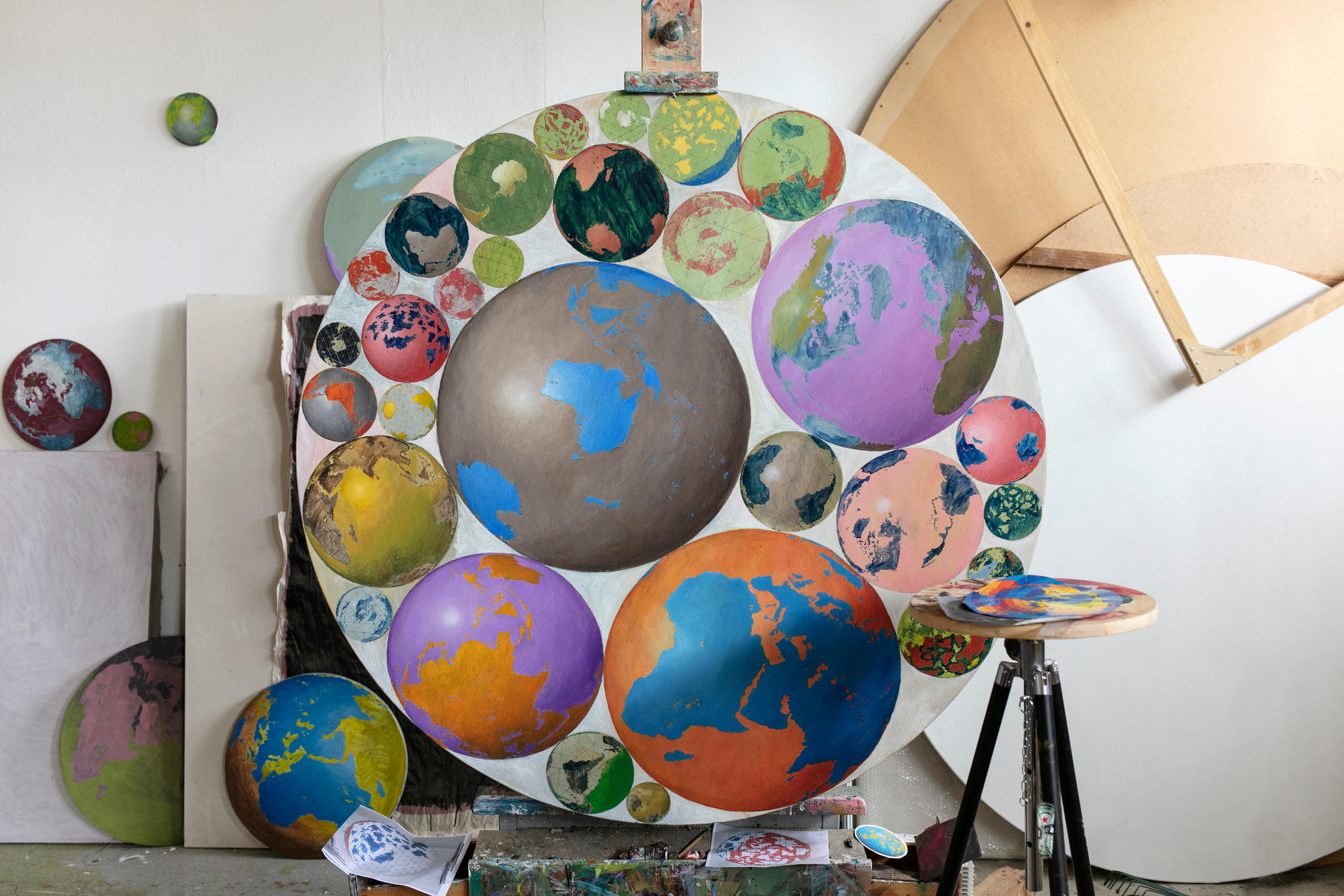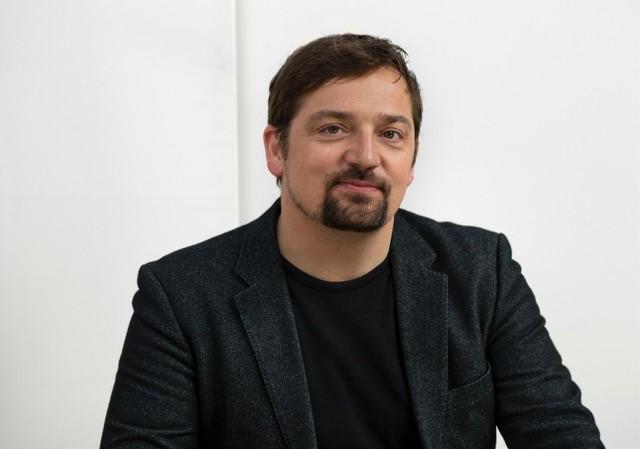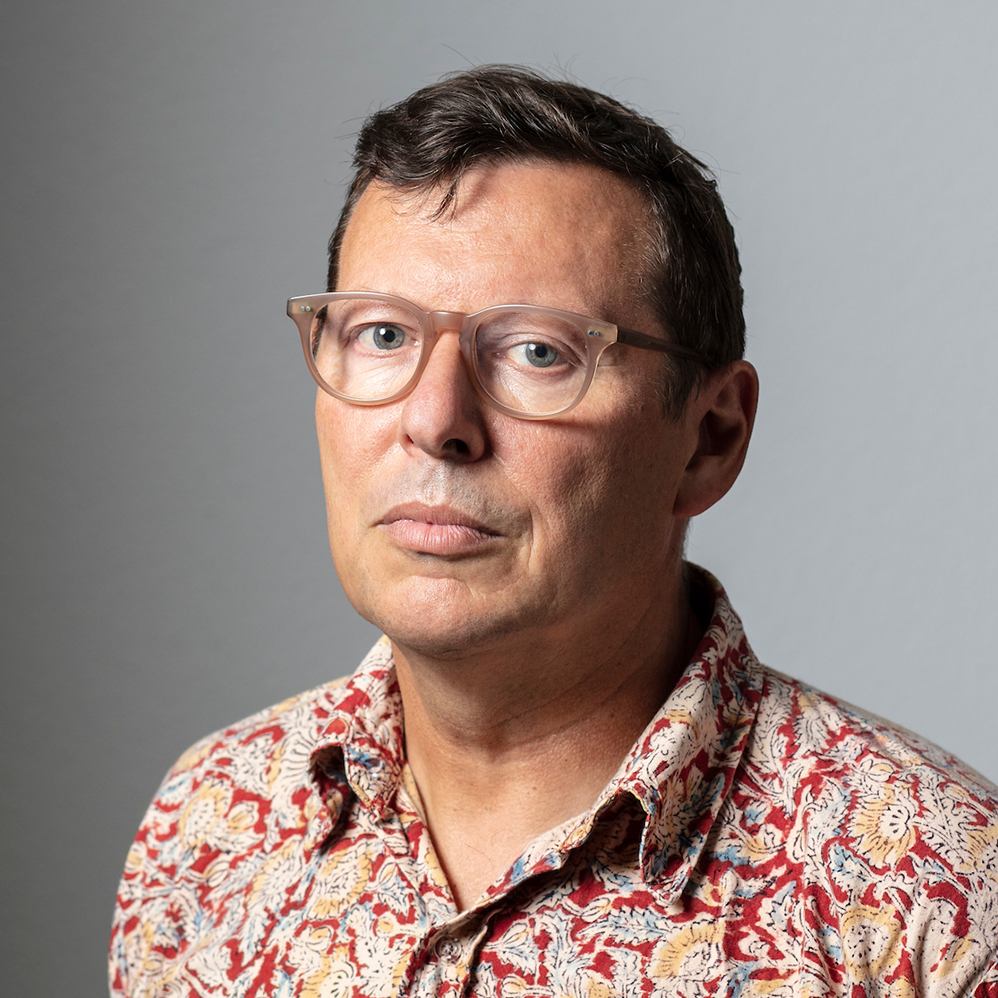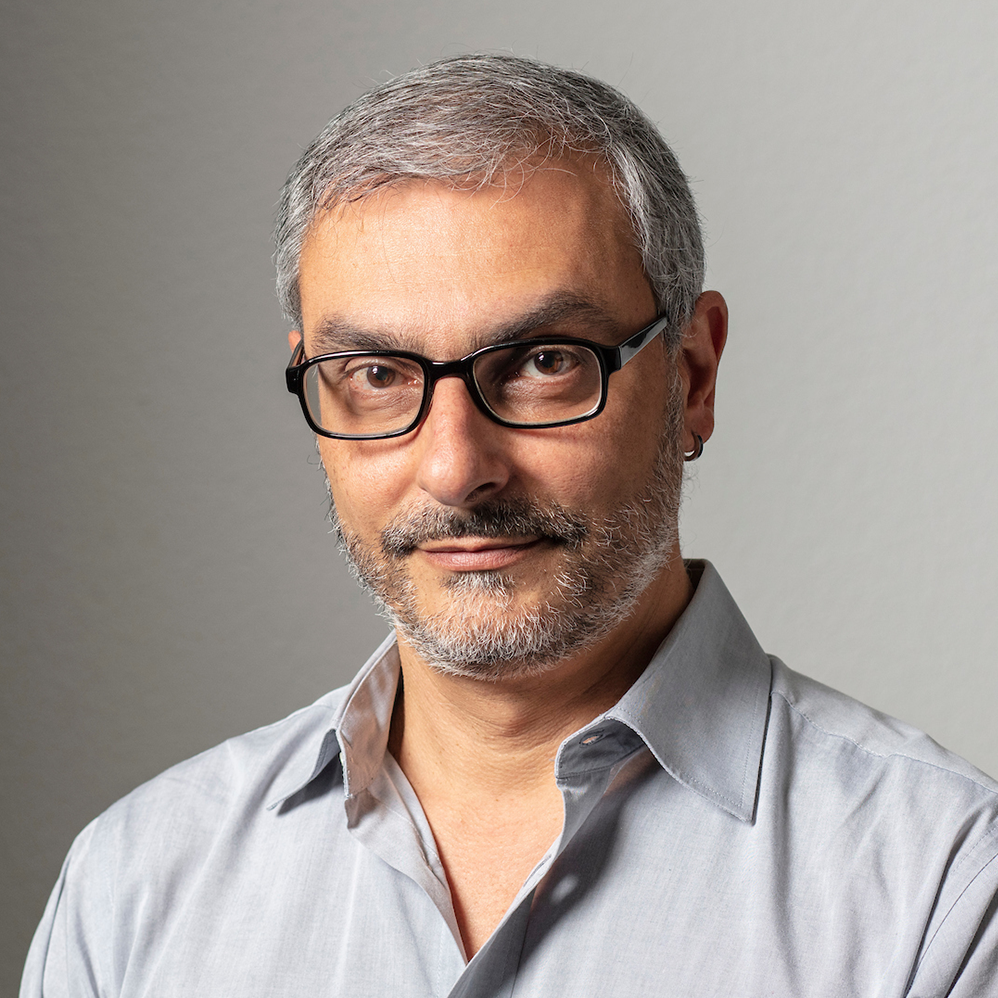Basel art scene re-thinks its relationship to Art Basel

Art Basel, the world’s biggest art fair, brings a flurry of exhibitions, events, and parties to the Swiss city on Wednesday. But not everyone is excited. Feelings about the mega event are mixed in the local art scene. A growing number of artists and gallerists say that the gathering has become more about cash than art.
“Money corrupts everything,” said Nicolas KruppExternal link, a local gallerist. “Ten years ago, US$ 30 million was an absurd amount to pay for one artwork, now you see $300 million, or someone who pays $110 million for a BasquiatExternal link, this is insane.” (He referred to Jean-Michel BasquiatExternal link, an American contemporary artist, 1960-1988)
Art BaselExternal link started out as an experimental initiative by three gallerists in 1970. In its first two decades, visitors could still be surprised by impromptu interventions of activists and performing artists on its sidelines. By the 1990s, the fair consolidated as a privileged venue for gallerists and the moneyed mainstream collectors, at the same time as smaller and younger galleries banded together to create some off-spaces around the exhibition grounds, like Liste External linkand VoltaExternal link. But now, after 20 years, these also became part of the establishment.
“Art Basel has become bigger and bigger, successively absorbing diverse esthetic forms and circuits of artistic production,” said Daniel Kurjakovic, curator of programs of the Kunstmuseum BaselExternal link. This “was always part of art, but not of the market. But this concentration and absorption into the market ultimately create divides and separation, of course, which must be rendered invisible, if the illusion should work.”
Art Basel has incorporated many other side-shows to its program. Those included solo projects of young emerging artists (“Statements”), art publishers (“Edition”), and large-scale installations and performances (“Unlimited”).

“It is possible that Art Basel eventually moves on to become a commercial museum brand,” said Roger M. Buergel, director of the Johann Jacobs Museum External linkin Zurich. Buergel who was the artistic director of Documenta 12External link in 2007 in Kassel, Germany, has positioned himself outside the commercial circus of the art trade and does not intend to visit Art Basel at all this year.
But Buergel expects Art Basel to move in a similar direction as other institutions like the Parisian Louvre, lending their brands to more far-away ventures. In 2002, Art Basel set up shop in Miami, and in 2013 it opened Art Basel Hong Kong, catering to the growing Asian markets.
The power of money
As it opens its doors for its 50th iteration on Wednesday, Art Basel has become an undisputed capitalist behemoth. It hosts around 300 galleries from all over the world, spread across 27,500 square meters of exhibition space, and attracts almost 100,000 visitors over six short days. The selection of participating galleries is tough, and it takes deep pockets to secure an exhibition space. Prices varyExternal link between CHF 20,000 and CHF 112,000, depending on size and position in the Messe Basel exhibition hall.
“It has become increasingly similar to the World Economic ForumExternal link in Davos,” said Kurajovic, the curator, referring to how it has become an exclusive club that separates the few insiders from the many excluded. No wonder that very few of the over 4,000 artists, whose works are on display, will be attending (many of these are already dead, of course, but anyway Art Basel is not a place to meet artists).
Guido Nussbaum, one of the most respected artists from the Basel scene, noted that the media coverage of arts, in general, follows the commercial shift of recent decades that Art Basel spearheaded. Evolution of prices and investment aspects of art came to the forefront, he said.

Worse still, said Nussbaum, the Art Basel ecosystem has contributed to shift the broader understanding of art as a mere commodity. Monetary value comes first, and content is secondary, turning exhibitions into mirrors of the market economy, its depredations, and vanity.
“Art Basel’s focus on quantity makes me want to throw up,” he said. “This overwhelming quantity leads to a certain insensibility towards art.”
For Krupp, the gallerist, this expansion is part of a broader movement in the art world. “The whole art scene is expanding,” he said. “Look, for example, at the art museums of Basel, Zurich, and Lausanne, all building new wings. I really don’t know where it all will end up”.
In terms of networking opportunities, though, Basel is hard to beat, especially for young emerging artists, like Julia Steiner. Originally from Bern, she moved to the city seven years ago.

But Art Basel wasn’t her main reason to move to the city. She mentions the city’s laid-back atmosphere, relatively affordable housing, the proximity to both France and Germany, and the numerous funding opportunities offered by the city, the canton, and other local institutions such as the KunstkreditExternal link. There is much less competition for funding than in Zurich, she noted. In her list of reasons to move to Basel, Art Basel came last.
Steiner also benefits indirectly from the fair. She has just finished a site-specific work at the Helvetia Art Foyer,External link a venue that belongs to a Swiss insurance company. It will host an art forum this week just in time for this year’s fair.
The fair and the city
Art Basel was able to take the lead in international art fairs mostly because it is nestled in such a vibrant artistic hub.
“The growth of Art Basel does not have any influence in the local arts scene,” said Krupp, the gallerist. “Having a gallery here in Basel is not even an advantage to get a slot inside the exhibition.”
While his gallery is half a block away from Messe Basel, where he also has an exhibition stand, Krupp has plenty of praise for his hometown.
“Basel has great museums, great collections, a stable political system, stable currency, great infrastructure,” he said. “And it is still a village.”
In the public sphere, that “village” is home to some of the world’s most prestigious art institutions: There’s the Fondation BeyelerExternal link, which is also expanding; the Kunstmuseum and its contemporary venueExternal link; Museum TinguelyExternal link; the KunsthalleExternal link; Vitra Design MuseumExternal link; the TANKExternal link, the exhibition space of the Arts Institute led by Spanish curator Chus Martínez; the Basel Museum of Ancient Art;External link and the House of Electronic ArtsExternal link, to name just a few.
The relationship between Art Basel and the local institutions, that work all year long, of course, might have to be renegotiated. The fair, since its beginning, could always count on the support of the museums and the generous lease of public spaces, but after a certain moment the fair became ever bigger, and the city began to wonder what it effectively had to gain with it.
As the fair sharpened its business profile, the public institutions started to react accordingly. “It is very simple”, said Kurjaković, who said he was interested in this renegotiating with Art Basel. “We’re interested in some sort of relationship, but we cannot just be “vitrines” for a fair.”
“We run on public money, and cannot, therefore, do things for free for a commercial enterprise, we need also to get something in return. It might be about plain business,” he said. “That’s Art Basel’s mother tongue, and that’s the language we must start to speak, too.”

In compliance with the JTI standards
More: SWI swissinfo.ch certified by the Journalism Trust Initiative










You can find an overview of ongoing debates with our journalists here . Please join us!
If you want to start a conversation about a topic raised in this article or want to report factual errors, email us at english@swissinfo.ch.